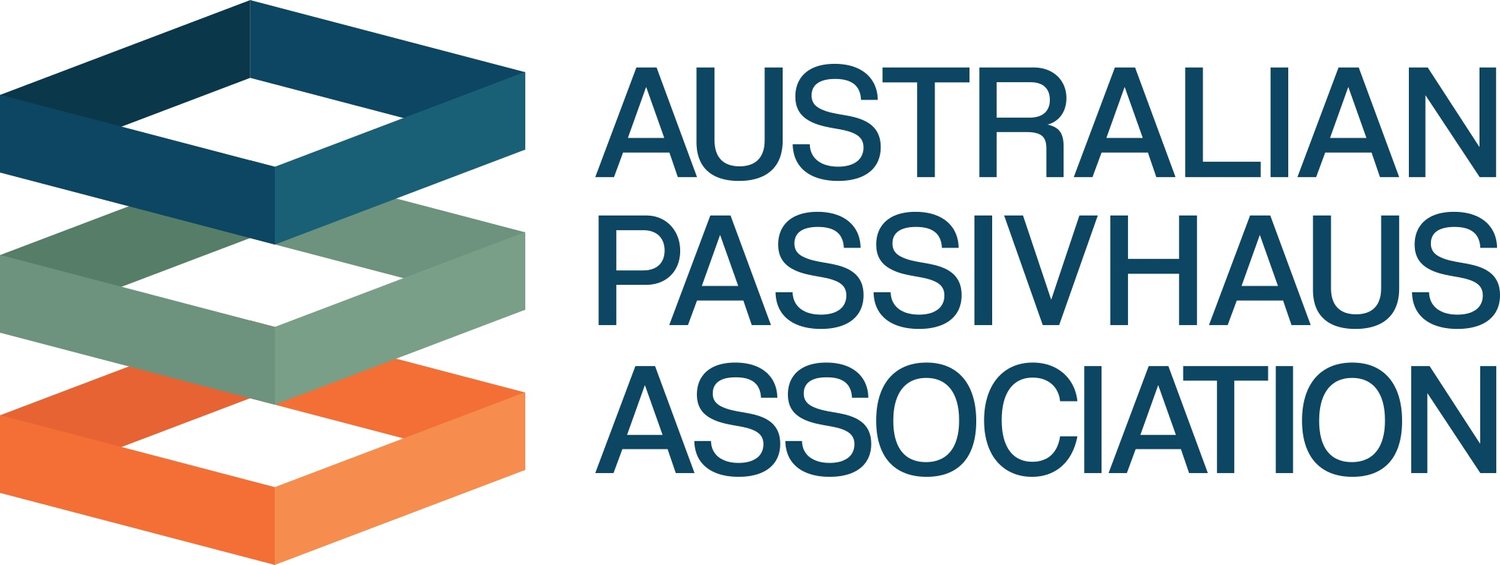Interview with APHA CEO, Paul Wall
Getting Geared Up for the 2020 South Pacific Passive House Conference: An Interview with the Australian Passive House Association CEO, Paul Wall
The next South Pacific Passive House Conference (SPPHC 2020) is set to take place May 28-31, 2020 in Sydney, Australia. The fourth of its kind, this conference seeks to demonstrate the importance of well-conceived and consistent action in the building sector for a successful transition to healthier buildings and a sustainable energy future.
This interview with APHA CEO Paul Wall provides insights about this upcoming event:
For starters, can you give as an overview on what SPPHC is all about?
Sure. SPPHC 2020 is a collaboration between the Australian Passive House Association and the Passive House Institute of New Zealand. We hold it every year and
alternate between countries. It’s a way for local stakeholders to get together, share stories and learn about best practices around the world and how that can be applied in our regions. It’s never been in Sydney before; it’s previously been in Melbourne. Passive House is becoming truly national in Australia, with Sydney certifying its first 3 projects in recent months and many others in the pipeline, so I think this year’s conference location has unique relevance. The number of certified Passive House professionals has also doubled over the past year, so we know that the Passive House industry here is becoming an exciting new market.
The timing of this is really important. We’re at a bit of a tipping point — and it’s pretty exciting that people are coming together who have recognised this and who are early adopters and leaders. I feel the rapid expansion of Passive House has inspired people even more, and for the first time we are seeing the biggest growth outside of Europe and in climate zones perfectly aligned to our local conditions, like Spain, America and China.
Who do you think will enjoy attending SPPHC 2020 — or who is it meant for?
It’s meant for anyone interested in or working with Passive Houses really — those already engaged in this area or those who want to know more about it and become involved. So that’s building owners and managers, property developers, investors, building contractors, manufacturers and suppliers, architects and building designers, local councils, government stakeholders and members of the public working on their own projects. The conference will provide global Passive House updates and I’m sure attendees will be surprised at how quickly it’s growing. We want to provide context on how things can be applied locally through a number of projects that have been certified in Australia, New Zealand and beyond. As more and more Passive House buildings are built in all the different climates around the world, people are solving issues and there are methods and technologies that are emerging to make things easier. So, the market is responding to the uptake of Passive House by creating solutions — and these will be on show at the conference.
What kinds of training will you have at the conference?
The first day, Thursday, May 28th, will be a training day with a wide range of events that will cater to different stakeholders’ needs for more information and education. We’ll have training from basic introductory to PH to detailed design courses. These courses] will be on topics like Design PH, PHPP fundamentals, certification, thermal bridging, ventilation, air-tightness testing and more. Attendees will be able to pick and choose from what training they’d like to attend in the lead-up to the conference. We’re having a dedicated event on the training day for local councils as well. Cities are leading the way when it comes to healthy, comfortable, low-energy buildings — local governments are where things are really happening. So we’re hoping to engage with these local leaders and government stakeholders about what Passive House is, and hear about what other local jurisdictions around the world are doing from leading international experts. Days two and three will be presentations about the latest Passive House trends, projects and developments, and day four of the conference will include Passive House tours.
Can you tell us a bit about that?
Exactly, day two and three of the conference will be full of presentations and panel discussions on the latest Passive House trends, projects and developments. We’ll also be having keynote presentations from Bronwyn Barry and Sebastian Moreno-Vacca, architects and prominent Passive House leaders based in San Francisco and Brussels. We plan on covering local and overseas case studies and showcasing the latest Passive House projects in Australia and New Zealand. We’ll soon be able to announce more details on the presentations and panel discussion topics. Day four, the Sunday, will be site tours to different certified Passive House projects near Sydney. We’ll also be having a trade show for conference delegates that’s free to the public/anyone interested in healthy, comfortable and sustainable buildings on Friday and Saturday to coincide with the conference. Passive House really seems to be taking off.
Why do you think we need to focus on building this way now?
For several key reasons. First of all, people are much more aware of the impact of where they live and work on their health. Society is demanding healthier, more comfortable building stock to live in and if we’re not building it now, in five or ten years developers risk owning stranded assets that won’t compete in a more sophisticated market. We’ve got a real quality crisis with buildings — there are many examples of high-rise apartments where residents have blown up their life savings because the buildings are not habitable due to structural defects. While Passive House is not a panacea, by default it gives that quality overlay because of its thoughtful design and verified process towards a higher quality outcome, making an investment a lot safer. We also need the Passive House standards to achieve our environmental targets and our GHG emissions reduction goals while future-proofing our building stock.
Can you tell us about the venue, the 'Roundhouse' in Sydney?
The Roundhouse is at University of New South Wales, which is highly regarded both locally and internationally. The venue has a large plenary space that will open directly onto the trade show during breaks and it has a diverse range of training and breakout spaces on an extensive mezzanine area. The new Sydney Light Rail also runs from the heart of Sydney straight through to the university through the eclectic inner city. Our conference is also happening at the same time as Vivid Sydney 2020, an internationally renowned festival of light, music and ideas. That means the city will have an extra buzz to it, and we will have an exciting announcement soon on an amazing venue for our cocktail evening on the Friday night.
Early bird tickets for the Pacific Passive House Conference 2020 are available now! For more information, visit our conference website.


